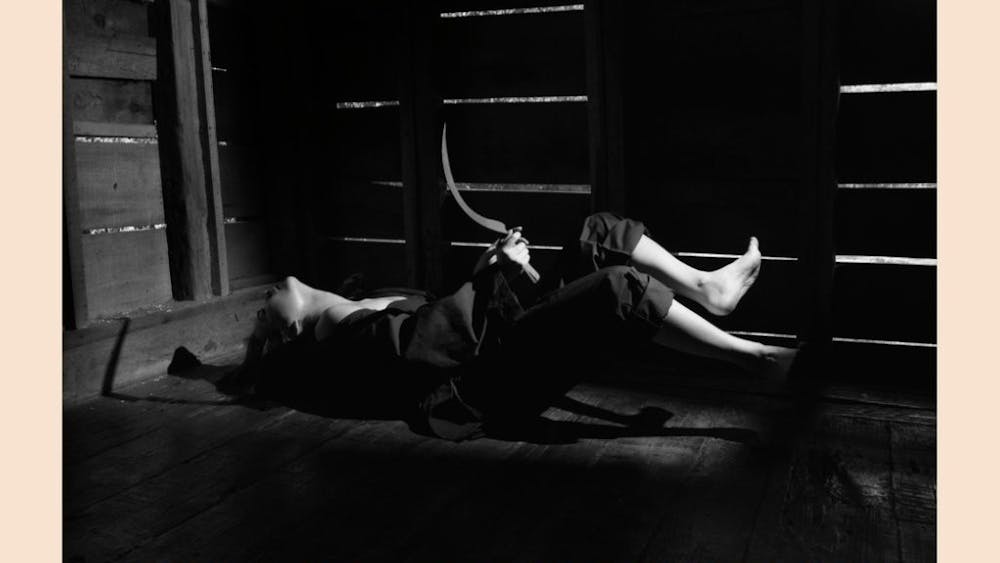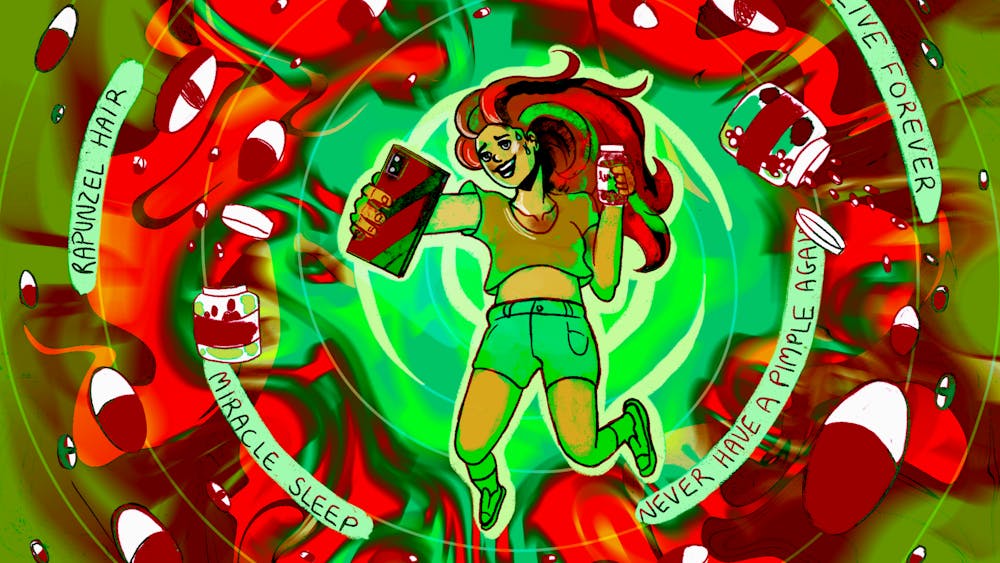Next month, a piece of art is predicted to sell for $35 million. It’s not a Warhol of Marilyn Monroe or an elongated Modigliani nude – but it’s a nude nonetheless. It’s a life-size portrait of a 280-pound civil servant.\nThe painter, Lucian Freud, chose his robust subject, Sue Tilley, most likely because of his “predilection towards people of unusual or strange proportions,” according to the UK Times. \nThe subject matter of the projected highest-selling artwork ever indicates a few things about our society. Despite our obsession with being thin, beautiful and superficial, we are intrigued by the sincerity of someone such as Tilley.\nPerhaps one of the most famous painters who glorified hearty women is Peter Paul Rubens. Back in his day – the early 17th century – big women were praised because heft indicated wealth. If you were skinny, you were probably just malnourished and poor.\nAt some point in history, society started believing that being a bit chubby was gluttonous. Eighteenth-century painter William Hogarth still used larger individuals as a sign of high social status, but he instead capitalized on their laziness and excess. \nThen again, even in the ’60s, Marilyn Monroe’s voluptuous body was idealized. \nBut Monroe was not quite as stout as Tilley, whom Freud painted in 1995, a time when thin ruled. Freud has also painted the likes of supermodel Kate Moss, but it was “Big Sue” he was enamored with portraying. \nWhile painting Tilley, he said he was “very aware of all kinds of spectacular things to do with her size, like amazing craters and things one’s never seen before.” \nThere’s something very honest about that portrait of a naked Tilley reclining on a sofa. She appears natural and hardly self-conscious. \nTilley possesses a rare quality. In the United States, it seems everyone is battling weight troubles. They’re either too caught up with dieting and starving or they eat so much that it has made them unhealthy. \nIt’s difficult to find someone in between. And of course, Tilley could have serious weight issues like everyone else. According to the Times article, she thinks Freud chose to portray her because of her “ordinariness.” \nBut what Tilley may not realize – and what Freud and the future owner of the painting might already know – is that her ordinariness is what makes her unique. \nFreud isn’t trying to make her particularly beautiful like Rubens would have done, or grotesque like Hogwarth would have tried to do. It’s just an accurate physical depiction of a body type.\nI certainly don’t think that our society will ever return to a Rubenesque glorification of voluptuous women – we are far too superficial for that. But what I do believe is that we might be close to reaching a maturity and sensitivity toward the human body. \nI’ve personally never lived in a time where anything but skinny women were commercially attractive, but I’d love to someday feel that the world is not looking at me and my jelly rolls at the beach.
You go, big girl!
Get stories like this in your inbox
Subscribe





